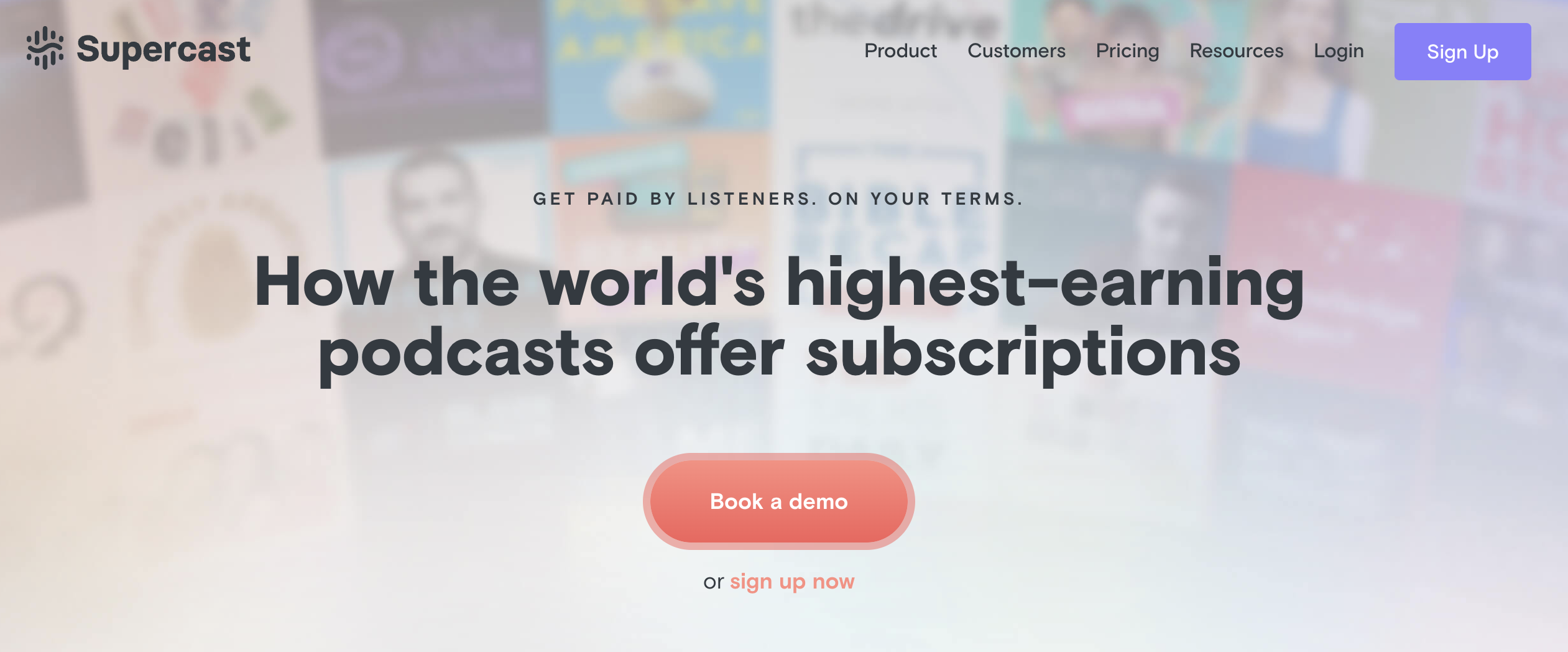
Thank you for being a valued Glow customer.
As of August 2025, support for Glow.fm has ended. If you have any questions or need assistance, subscribers and podcast creators are welcome to contact Libsyn support.
Keep Your Subscription Business
Growing With Supercast
.png)


Supercast is a premier podcast subscription platform trusted by top creators such as This American Life, Pod Save America, and My Favorite Murder and they have been great partners in supporting creators in this transition.
Learn more about Supercast.

Looking for more ways to make money podcasting?
Libsyn's Automatic Podcast Advertising solution offers programmatic
ad revenue opportunities for all podcasters.
Go to the Libsyn Podcast Advertising FAQad revenue opportunities for all podcasters.
For help with your Glow offering please contact Libsyn Support.